I love my trees, and I’m always looking for something unusual or different from forests around the world.
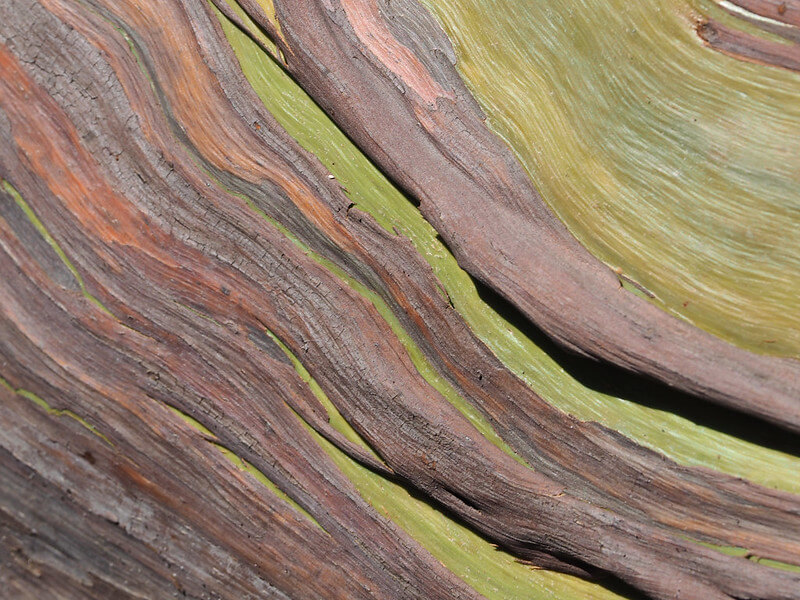
Imagine my delight to discover a tree that grows in the Philippines, Indonesia, and Papua New Guinea. It is cleverly called the rainbow tree. Actually, rainbow eucalyptus or Eucalyptus deglupta, to be more accurate. It’s also known as the Mindanao gum or rainbow gum. Why rainbow in the name? Well, its trunk is naturally “painted” (for lack of a better word) with stripes of all the colors in a rainbow.
Surprisingly, this multicolored tree trunk is used as pulp in the production of white paper (not rainbow-colored paper, but white).
Rainbow Tree Appearance
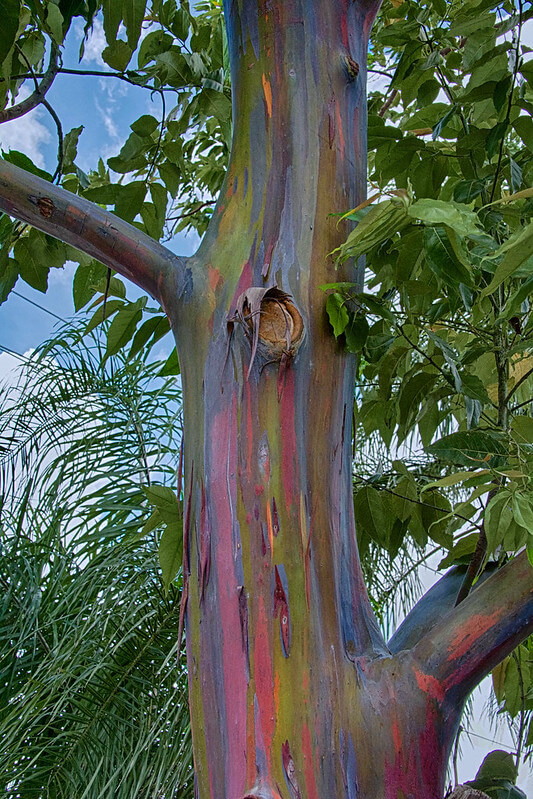
When I first saw images of rainbow trees, I believed them to be works of art, deliberately splashed with paints of different colors. Then I discovered these trees were naturally color streaked. The rainbow eucalyptus is a fast-growing tree that reaches heights up to 250 feet with a thick trunk that can be more than 90 inches in diameter. Its smooth bark is orange-tinted and it sheds in strips to reveal the colorful streaks of red, orange, pale green, gray, and a mixed, purple-brown shade.
It’s not just the rainbow-colored bark that makes this tree’s appearance so quaint. There are other unique attributes. The branches are almost square when looked at in a cross section, and they sometimes have what look like wings in the corners. The leaves grow in opposite pairs with each leaf being about 3 to 6 inches long and 2 to 3 inches wide. The flower buds appear on leaf axils or at the end of the branches. A group of flower buds usually has about seven. They’re spherical and about a quarter of an inch in length. The buds are cream colored, sometimes with a pale green hue. The flowers are white and pale yellow. The fruit produced looks like a capsule that’s woody and brown in color. Every fruit contains 3 to 12 seeds.
Related Post: Homestead Stories: The Mighty Oak Tree
The unique, striped trunk of the rainbow eucalyptus develops over time. The tree sheds its bark and as this happens, the bark slowly ages and takes on different colors. At first, the shedding reveals a bright green color. This is followed by others: blue, purple, orange, and maroon. The rainbow effect is a result of the irregular shedding of bark.
Rainbow Tree Natural Habitat
Native to the Philippines, Indonesia, and Papua New Guinea, the rainbow eucalyptus is the only eucalyptus tree that lives in the rainforest, some even growing in rainforests in the Northern Hemisphere. It prefers the lowlands and lower montane rainforest from sea level to 5,900 feet. It’s also grown in habitats other than its natural one and is found in groves of trees in Maui, Hawaii.
Growing Conditions
Can we grow this tree in our own yards? It would require a lot of extra work to meet the growing requirements of this special tree. It needs full sun and moist soil so that it can reach its growth potential of about 3 feet per season. And, it wouldn’t do well in the cold, harsh winters of the northern hemisphere.
The tree requires a steady warm temperature, about 68 to 72 degrees Fahrenheit, especially when starting the tree from seed. Once the tree is about 5 years old, the roots can’t be cut for the purpose of dividing it.
If you have a large sunroom or greenhouse, you may think you can try growing this tree in a controlled space. This tree grows very fast, however. As a mature tree, it can be as tall as 250 feet. Not something that will fit in most controlled growing spaces.
If you do happen to have the ideal outdoor climate and growing conditions, you will be pleased to see the results of your care within a short period of time. It doesn’t take long for this tree to mature and display its beauty.
Rainbow Tree Medicinal Applications
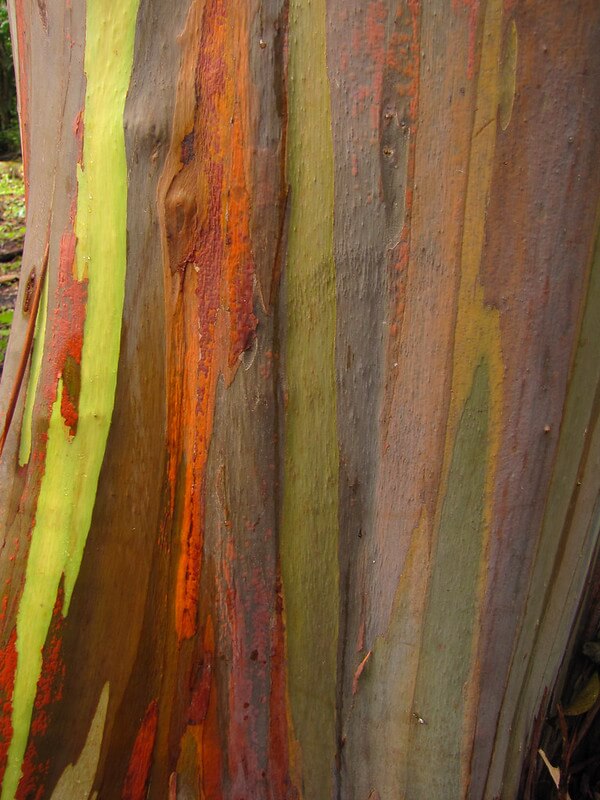
There are some natural folk medicines made from different parts of this tree. The leaves are known to be antiseptic and can be used to treat wounds or brewed in tea to treat asthma and coughs. In fact, this natural cold remedy is also a common ingredient in cold and cough products due to its natural anti-inflammatory agents. Since it helps to relieve congestion, the oil from the tree has relaxing qualities which help people who have difficulty sleeping. An added benefit is to have a hot shower with fresh or dried leaves as the oil is activated by the shower stream. The leaves are also used to repel mosquitoes.
Rainbow Eucalyptus Oil for Inflammation
Combine 8 drops of rainbow eucalyptus oil and 8 drops of peppermint oil (which is another pain reliever) and rub on inflamed joints. For a more potent anti-inflammatory, add 3 teaspoons of moringa carrier oil. This is an oil extracted from the seeds of the small Moringa oleifera Lam tree found in the Himalayan mountains. Often referred to as the miracle tree due to its many health-related uses, the moringa carrier oil, combined with the rainbow eucalyptus oil and the peppermint oil, triples the effectiveness of joint relief.
Rainbow Tree Nonmedicinal Applications
Tree plantations around the world have fostered the rainbow eucalyptus as it’s a good source for pulpwood for the production of paper. The Philippines is known for its rainbow eucalyptus pulpwood plantations.
The wood of the rainbow eucalyptus is also in high demand. It’s a hardwood timber used for making furniture and other items.
Like other eucalyptus trees, the rainbow eucalyptus tree can be used effectively to make natural dyes which are then used in fabrics like silk or wool. Any part of the plant can be used to make these dyes, though the most commonly used parts are the leaves and bark. The colors produced range from red to amber and gold and they have nothing to do with the rainbow-colored trunks. Unlike other natural dyes, the dyes made from this tree do not require a mordant — a substance that helps firmly adhere the dye to textile fibers.
How to Make Rainbow Eucalyptus Dye
Use fresh or dried rainbow eucalyptus leaves. Crush the leaves as this will make greater surface area to soak up more of the natural dye components. Place in a dye pot or a large kettle. Cover with water and simmer on medium heat until the leaves have faded (because the dye has transferred to the water). This process takes about an hour, but the longer the simmering process, the deeper the dye. Strain the leaf crumbs and discard. Add wool yarn or fabrics intended for the dying and continue to simmer in the pot for another hour. Remove and hang the dyed fabrics or wool to dry thoroughly.
Problems Caused by the Rainbow Eucalyptus
The rainbow eucalyptus is also planted as an ornamental tree, but only in frost-free climates like Hawaii, southern California, Texas, and Florida. The Huntington Botanical Garden in San Marino, California has some young rainbow eucalyptus trees (about 50 to 60 years old), as does the Fairchild Tropical Botanical Garden in Florida. It’s also grown along the streets of Los Angeles for ornamental reasons.
This very large, fast-growing tree, can cause problems. Since it’s known for its raised roots, planting it near buildings, sidewalks, or roadways can damage foundations and break up concrete sidewalks and roadways. Consequently, the tree is better suited for large, open spaces, perhaps parks and fields, where its fragrance, beauty, and welcome shade will be thoroughly appreciated.



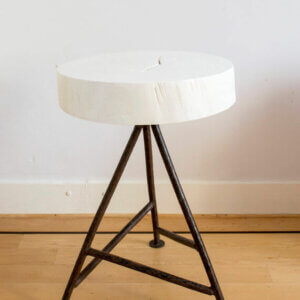

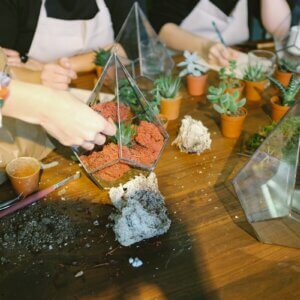
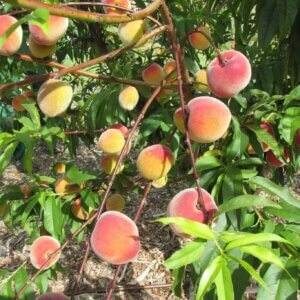

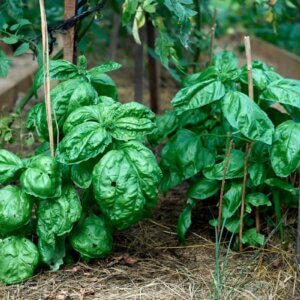
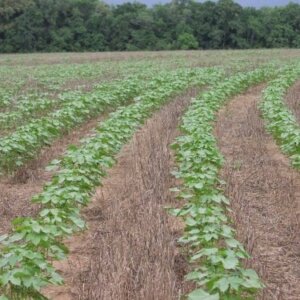

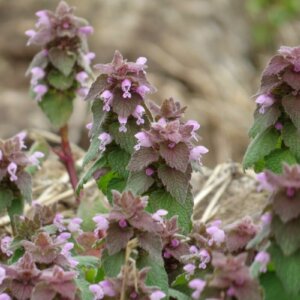

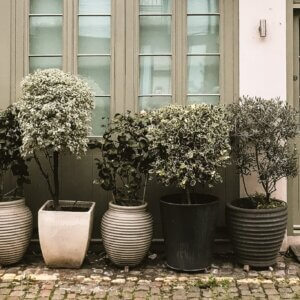
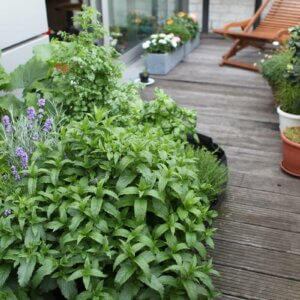
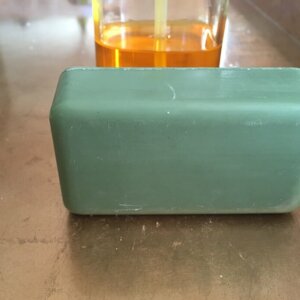

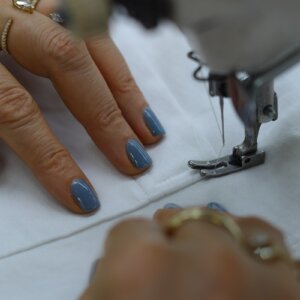

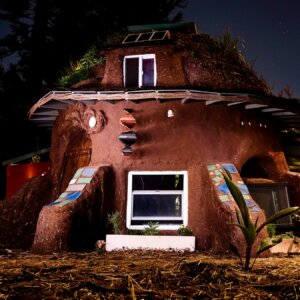
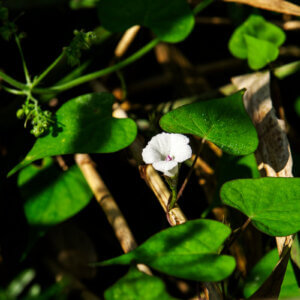


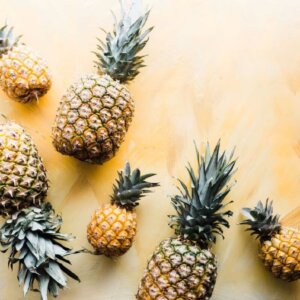
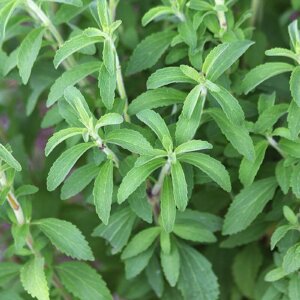
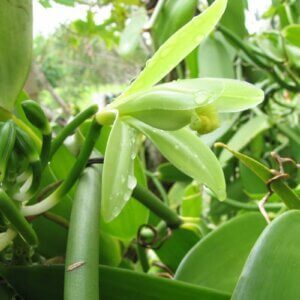
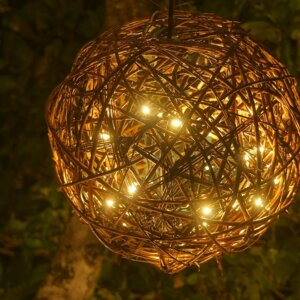


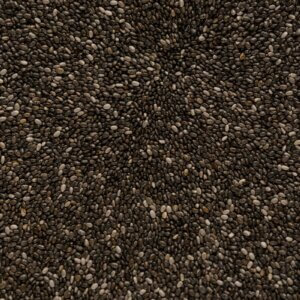
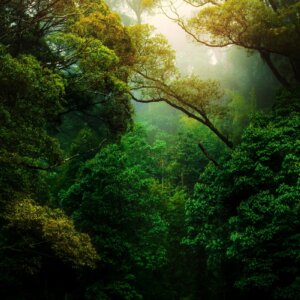
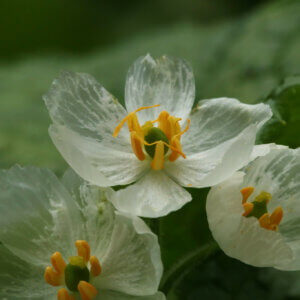


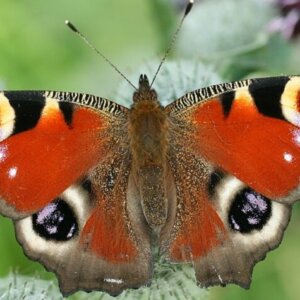
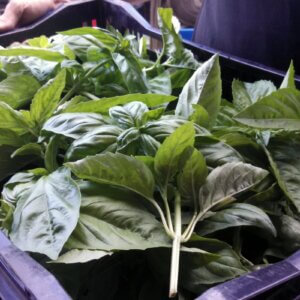



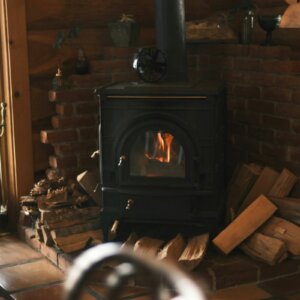

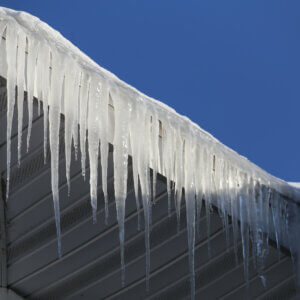
Leave a Reply